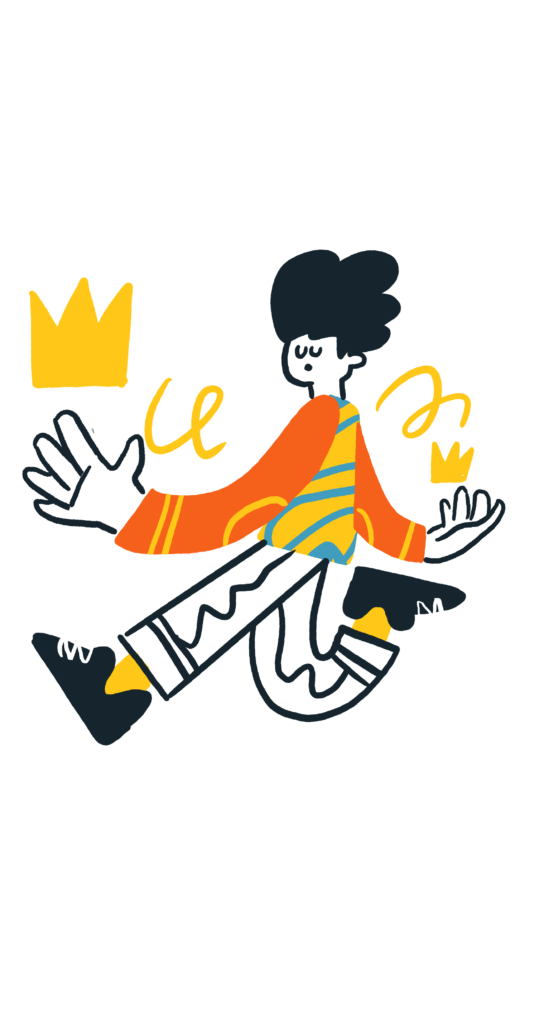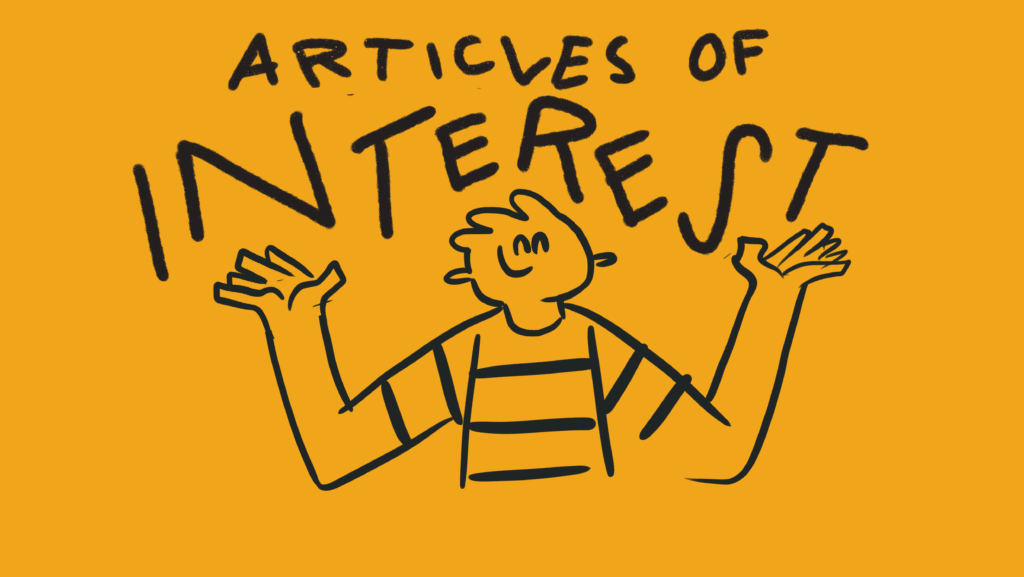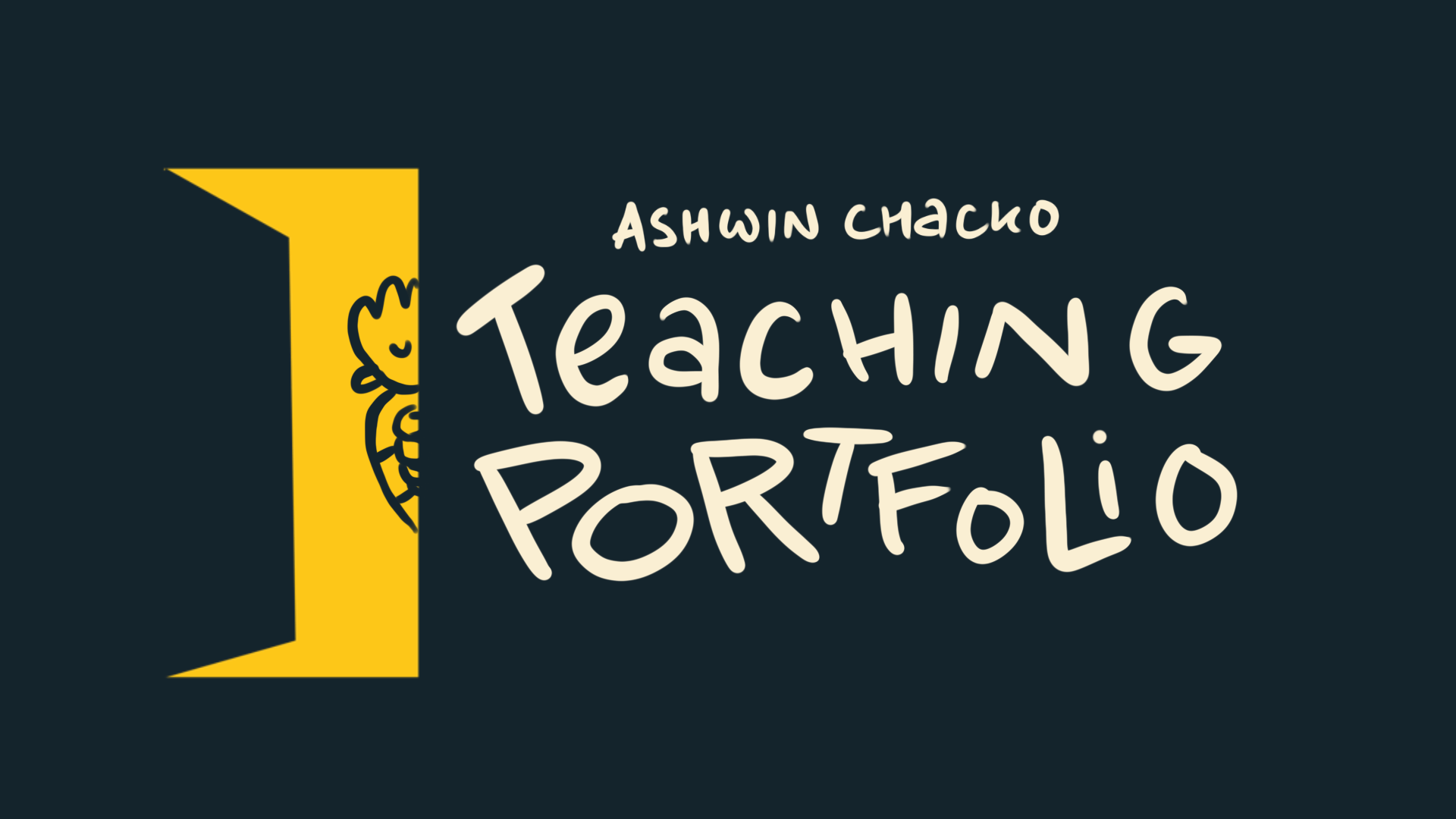

I’m an Indian author, illustrator, motivational speaker and educator based in Dublin. I specialises in positively playful, visual storytelling to bring joy and encouragement. My mission is to champion creativity and empower people to find their inner spark.
With over a decade of experience in the creative industry I want to share my knowledge with the next generation. I teach a variety of creative subjects including, illustration, life drawing, 2D Art and professional practice in design.
I believe the use of creativity and play is pivotal to my teaching. Creativity and play are interconnected, play facilitates the space for curiosity and exploration while creativity takes the learning from play and applies it to context.
As a teacher of the creative arts my role is to be both a facilitator and a mentor so that each unique student can tap into this primal skill; play. In ‘Developing a Pedagogy of Play’ author Elizabeth Woods said “Play and playful forms of activity potentially lead towards increasingly complex forms of knowledge, skills, and understanding.”
Play is a skill we develop as children. It’s not something we are taught- it is intuitive and primal.
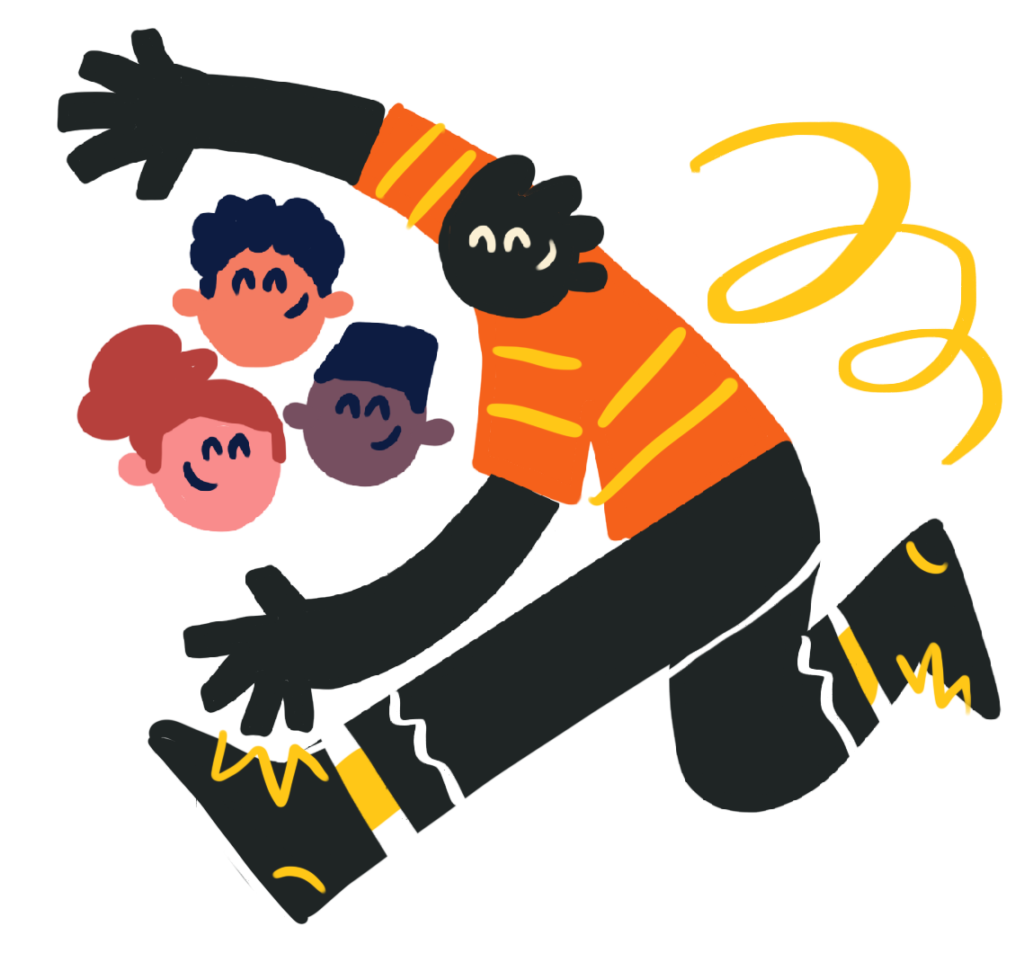
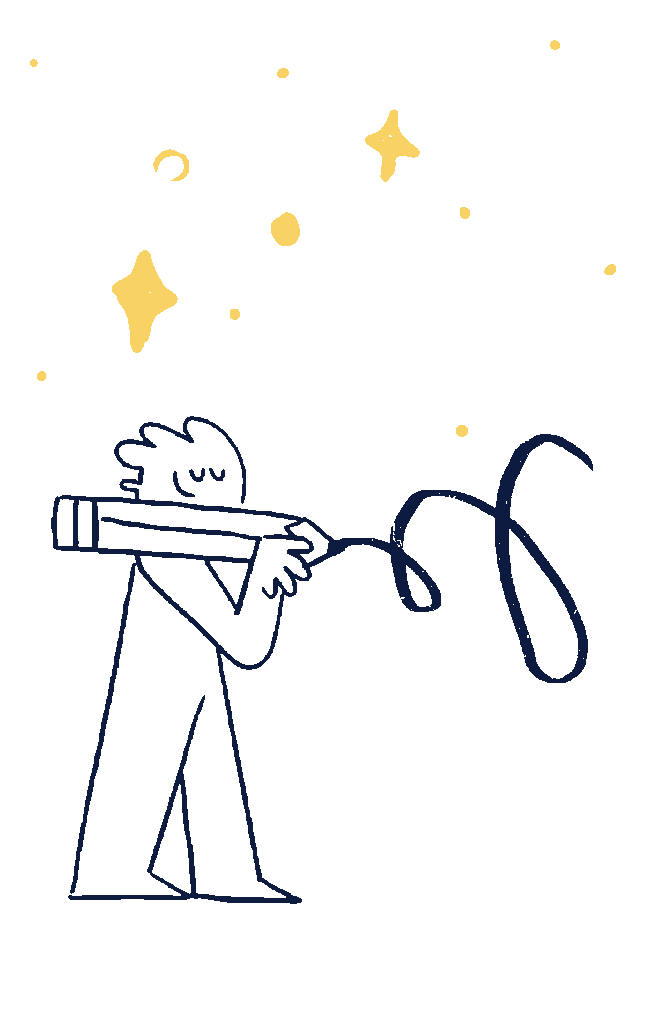
I believe there are six essential elements, that creating space for play, provides in facilitating learning.
Play encourages overall growth and development in the student by focusing their mindset on the process rather than the outcome. While encouraging their creativity allows them to process their ideas and put them into practice. In my practice, I hope to ignite my learners’ creative spark so they can feel safe ‘to play,’ in an environment that encourages creativity.
Bibliography: Wood, Elizabeth. “Developing A Pedagogy of Play.” Corwin, 10 July 2008, https://us.corwin.com/sites/default/files/upm-binaries/31986_mukherji.pdf.
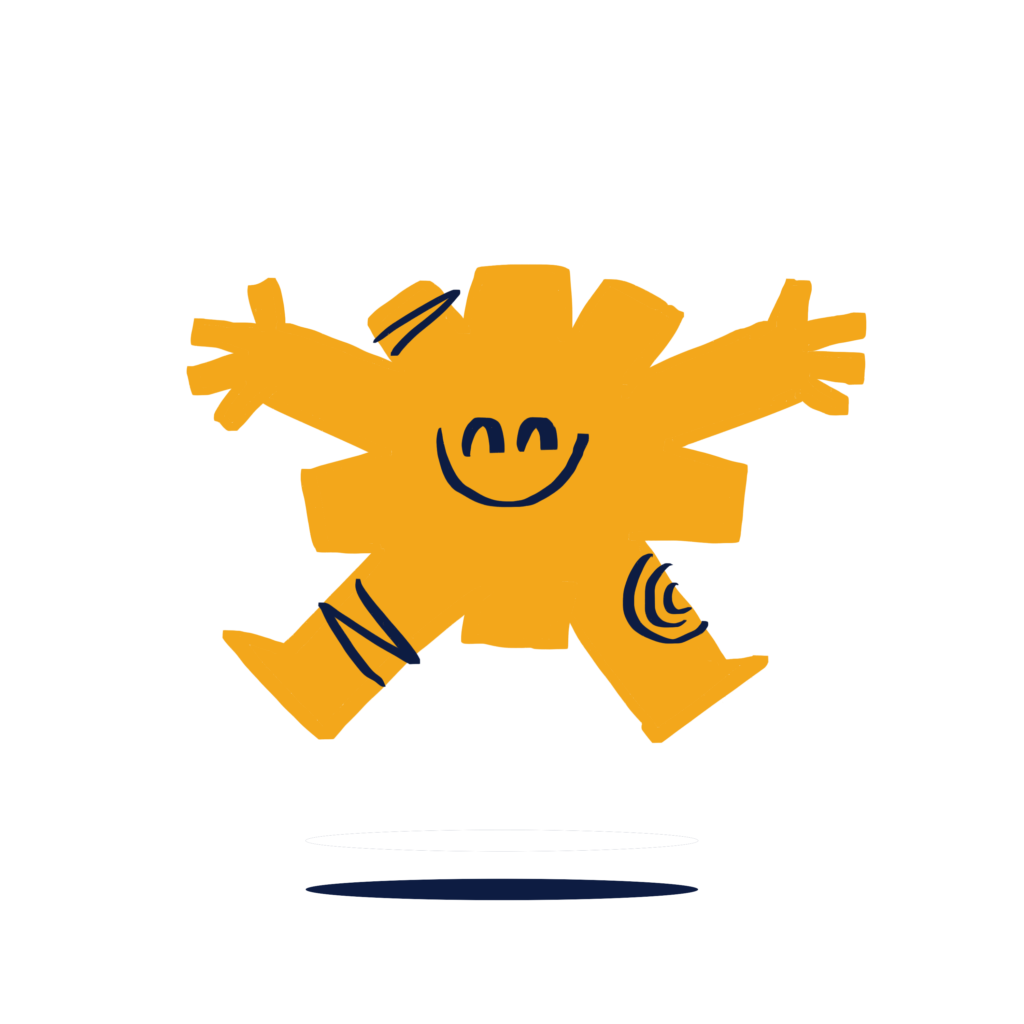
As I progress through my career as an educator, I think using the National Professional Development will play a key role in facilitating and framing the development of my practice.
This framework makes it easy to focus on specific realms or domains for development. For instance, by focusing on developing the domain of ‘Self,’ I was able to hone my philosophy on teaching. Understanding my philosophy and dissecting the process of how I learn allows me to address biases I might carry regarding learning styles.
Another critical domain that I think every educator must address is ‘Communication and Dialogue.’ Managing how to better facilitate both verbal and visual communication between educator and learner is quintessential to forming a practice that will create the space for maximal learning. Giving feedback and receiving it is vital for the growth of both the learner and the educator.
In our rapidly shifting environment where technology is shifting the landscape of how we live, as an educator, it is important that we don’t get left behind and that we learn to use the technology available to us to facilitate and develop the best environment for learning. This often means we need to delve outside our comfort zone and embrace new technology as it presents itself.
I was interested to find that this module on Professional Practice has facilitated the exploration of each of the four domains developed in the framework. Moving forward I hope to create space for reflection on my practice by focusing on each of the four core areas, ensuring that I continue to grow as an educator.
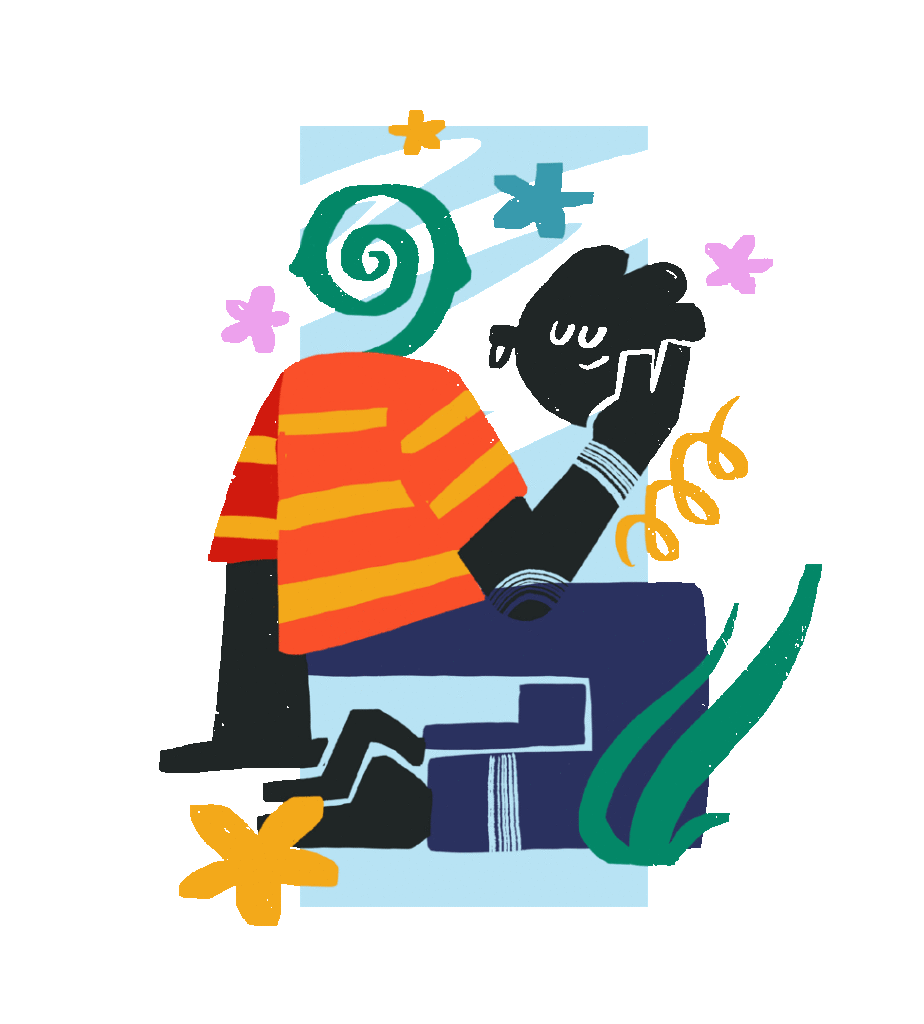
Today I did the Peter Honey Training Questionnaire. Before taking the quiz and reading the attributes of the four teaching styles I had concluded that I was most likely an Activist Trainer. I was somewhat taken aback when I had finished my scores and found myself evenly divided between a Pragmatist and a Theorist. I could definitely relate to the fact that I am pragmatic as the subject I teach drawing is an extremely practical one. Whereas being a theorist was outside my realm of expectation.
On reflection, it does make sense as I am very systematic in my approach to teaching. Perhaps it is a mix of my personality and the practicality of the subjects I tend to teach. I suppose we learn something new about ourselves every day. Now that I am aware of my natural teaching/ training style I can utilize that information to make a conscious effort to appeal to those who might prefer a more activist or reflective trainer.
On learning about the various learning theories like Behaviorism, Cognitivism and Constructivism I was fascinated to find that no one theory could fully accommodate my course. On reflecting on these theories I found that each one had a specific function in the various aspects of the couse
For instance, I use shaping by demonstrating the desired technique and then having the students emulate it until they can perform the task themselves. This means that it requires a lot of repetition with feedback to develop the desired behavior and action. The first attempt is very rarely the desired outcome, but encouragement in the incremental steps and the corrective feedback they receive ensures that each student develops the desired base skills.
I use cognatism in teaching the technique of drawing I break down the reason behind the theory of each of the key techniques in using Simple Shapes, Gestures & Contour with a metaphor on baking
Last but not least constuctivism is used so that the successful student can draw from the various techniques by internalizing them and considering what approach is appropriate then, applying them outside of the context of the original lesson. Allowing the learner to gain a personal and unique perspective and knowledge of the subject.
No one theory is right or wrong, each has a part to play.
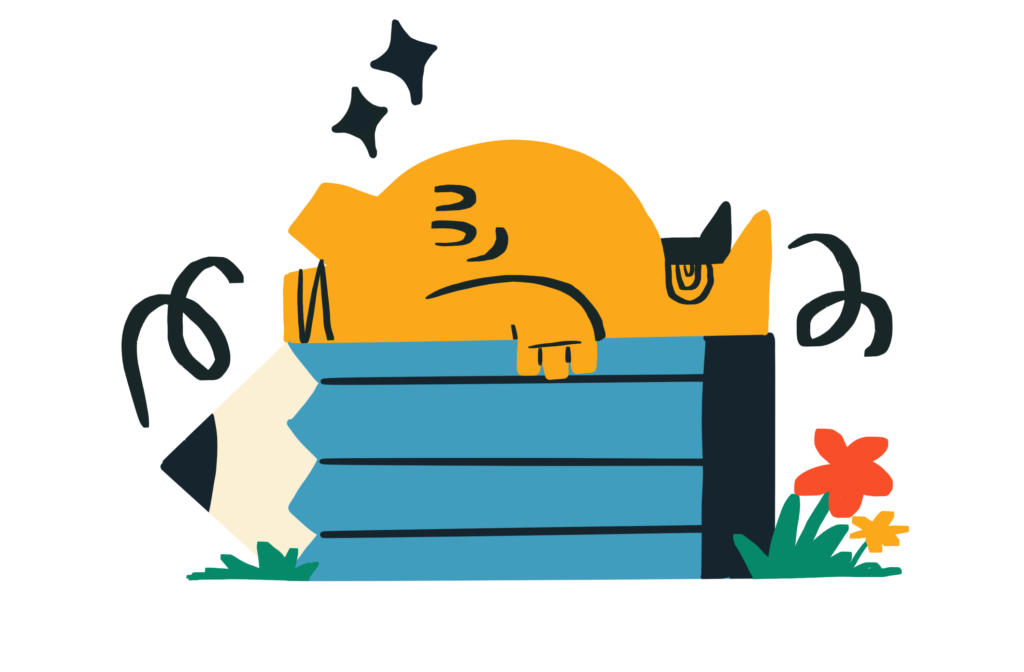
The course was not what I expected at all. When I initially signed up for the course I assumed that there would be a more pragmatic approach with tips and tricks when it came to teaching and developing as an educator.
It was interesting to learn the many theories that were presented and discussed throughout the course. I can see now how I was unconsciously using them. Knowing them has given me a way to articulate the actions I take within my practice, with other academics and educators.
I was surprised when I took the Peter Honey Traning Style questionnaire and found that I was both a theorist and a pragmatist followed closely by activist. It goes well with my overall ethos when it comes to educating, a theory remains a theory unless it has a pragmatic application.
For me, the most impactful part of the course was the peer observation as it gave me insight into my practice and how I could practically shape my teaching abilities. It brought awareness to areas that I might not have otherwise noticed and gave me a chance to reflect on how I could adapt my practice to better facilitate learning. The peer interactions were invaluable. Learning that they face many of the same roadblocks as I did and brainstorming various approaches to solving them has been extremely insightful.
My learning was best facilitated in the live discussions and then taking that and applying so of those ideas into my own practice. Reflection has been a great tool and hope to create more space for reflection in my classes.
